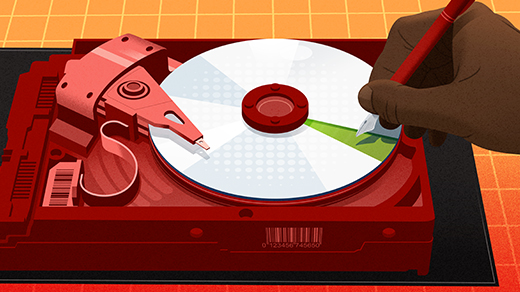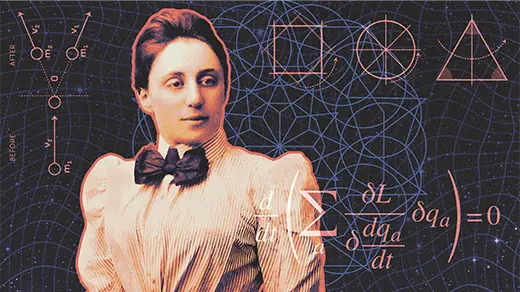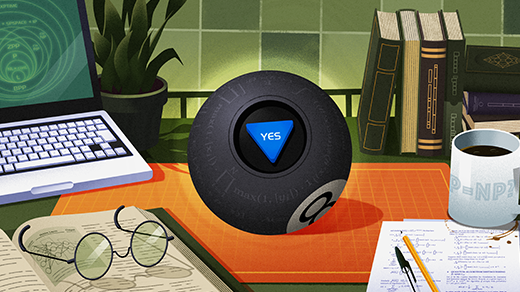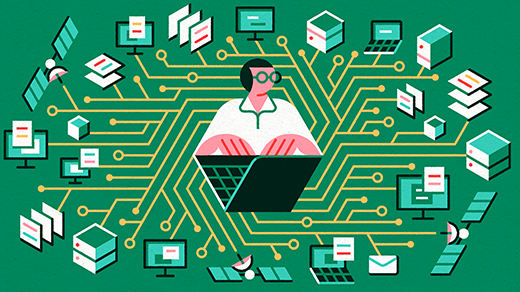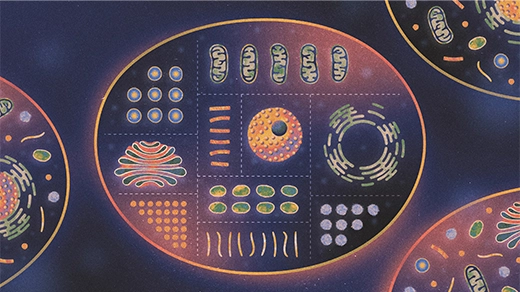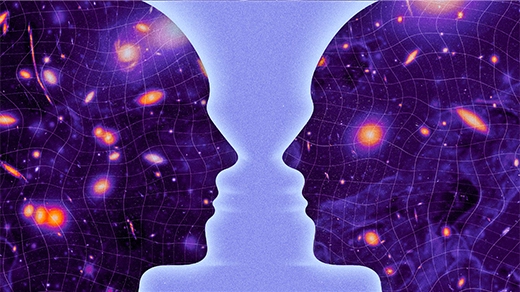What's up in
Explainers
Latest Articles
The Mysterious Flow of Fluid in the Brain
A popular hypothesis for how the brain clears molecular waste, which may help explain why sleep feels refreshing, is a subject of debate.
Catalytic Computing Taps the Full Power of a Full Hard Drive
Ten years ago, researchers proved that adding full memory can theoretically aid computation. They’re just now beginning to understand the implications.
How Noether’s Theorem Revolutionized Physics
Emmy Noether showed that fundamental physical laws are just a consequence of simple symmetries. A century later, her insights continue to shape physics.
The Jagged, Monstrous Function That Broke Calculus
In the late 19th century, Karl Weierstrass invented a fractal-like function that was decried as nothing less than a “deplorable evil.” In time, it would transform the foundations of mathematics.
Why Computer Scientists Consult Oracles
Hypothetical devices that can quickly and accurately answer questions have become a powerful tool in computational complexity theory.
What Is Distributed Computing?
Our computers can get a lot more done when they share the load with other machines.
How Public Key Cryptography Really Works, Using Only Simple Math
The security system that underlies the internet makes use of a curious fact: You can broadcast part of your encryption to make your information much more secure.
Meet the Eukaryote, the First Cell to Get Organized
All modern multicellular life — all life that any of us regularly see — is made of cells with a knack for compartmentalization. Recent discoveries are revealing how the first eukaryote got its start.
The Two Faces of Space-Time
A mysterious phenomenon known as duality often leads to new discoveries in physics. This time, space-time itself can sometimes be two things at once.

